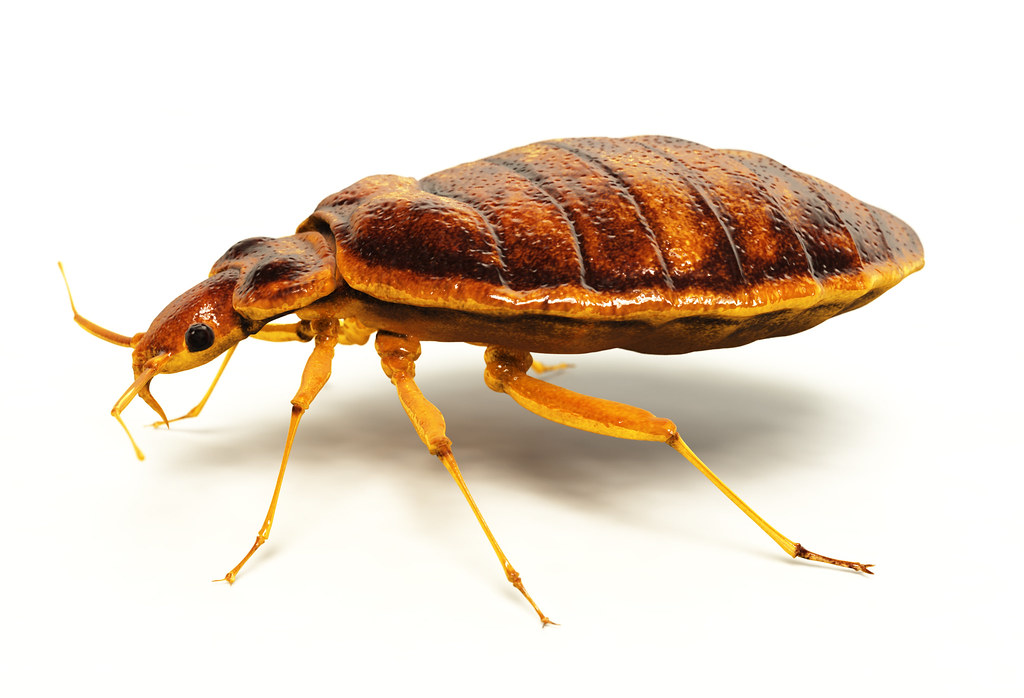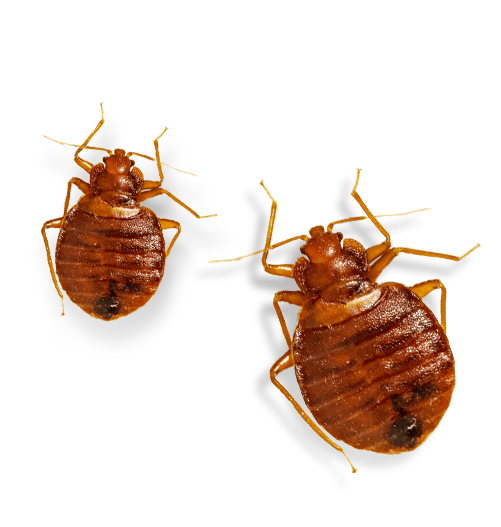Professional Bed Bug Exterminator Near Me: DC Exterminator Solutions
Professional Bed Bug Exterminator Near Me: DC Exterminator Solutions
Blog Article
Checking Out the Scientific Research Behind Bed Bug Warm Treatments as a Lasting Parasite Management Method
One such technique that has acquired traction in recent years is the use of heat treatments to combat bed bug infestations. The intricacies of just how heat effectively removes bed pests and the wider ramifications for sustainable insect management practices make this a subject worth checking out even more.
Bed Bug Heat Treatment Refine

Thermal Death Factor for Bed Pests
Revealing bed insects to elevated temperatures past their thermal resistance array is critical for accomplishing effective obliteration in heat therapy procedures. The thermal fatality factor for bed insects refers to the temperature level at which these parasites can not endure. Research study suggests that bed bugs begin to perish when exposed to temperature levels above 113 ° F(45 ° C) for a sustained duration. As the temperature increases, so does the death rate of bed pests. At around 118 ° F(48 ° C ), bed insects begin to pass away quickly, with a death price of nearly 99% within mins of direct exposure. This demonstrates the level of sensitivity of bed insects to heats and highlights the performance of heat therapies in removing infestations. By getting to and maintaining temperature levels above the thermal fatality factor for bed insects, pest monitoring professionals can make certain extensive removal of bed bug populaces, including hard-to-reach areas where chemical therapies may be much less effective. Comprehending the thermal death point for bed bugs is important for applying successful warmth treatment techniques and accomplishing lasting insect monitoring outcomes.
Advantages of Heat Treatments
Having developed the vital thermal death point for bed pests, it is critical to now discover the considerable benefits that heat therapies offer in properly eliminating these resistant pests. One of the primary benefits is that heat can pass through deep into fractures and holes where bed insects conceal, guaranteeing that also the most hard-to-reach locations are heated to lethal temperatures.
Moreover, warmth treatments are environmentally pleasant and non-toxic, making them a lasting parasite monitoring strategy. Unlike chemical pesticides, warmth treatments do not leave hazardous residues that can present our website threats to human health or the environment. This element is specifically vital in sensitive atmospheres such as health centers, schools, and domestic areas where chemical usage might not be preferable.
Additionally, heat treatments have a high success rate in eliminating bed bug invasions in a single treatment, minimizing the demand for numerous visits and minimizing disruption to occupants. This efficiency not only conserves time and cash yet additionally supplies satisfaction to those taking care of bed insect issues.
Efficiency of Heat Treatment

Research study studies have actually continually demonstrated the efficiency of heat treatments in attaining a high rate of bed insect death. Correctly performed warmth therapies can get to all the crevices and fractures where bed pests might be nurturing, ensuring a detailed strategy to elimination. Additionally, warm treatments have the included advantage of eliminating bed bug eggs, which are frequently resistant to standard chemical therapies. Generally, the efficiency of warmth therapies in getting rid of bed pest problems makes them a dependable and sustainable pest management approach.
Sustainable Parasite Administration Benefits
Implementing sustainable parasite management practices uses lasting benefits for both the environment and public health and wellness. By utilizing methods such as warm therapies for bug control, we can lower the reliance on hazardous chemical pesticides that can have negative results on communities and human health and wellness - bed bug treatment. Lasting pest management strategies help in preserving biodiversity by targeting certain parasites without damaging non-target microorganisms, therefore keeping a well balanced ecological community
Furthermore, lasting pest management techniques add to the total health and wellness and wellness of the public. By reducing exposure to toxic chemicals used in traditional pest control approaches, warm treatments provide a more secure choice for parasite administration in domestic, commercial, and public rooms. This decrease in chemical usage additionally assists in stopping pesticide deposits from polluting dirt, air, and water, safeguarding environmental high quality.
Final Thought
Finally, bed insect warm treatments have been revealed to be a lasting and efficient pest monitoring technique. The thermal death factor for bed bugs makes them at risk to warm therapies, which have many advantages over standard look at here now chemical treatments. The efficiency of heat treatments in removing bed insect problems while reducing ecological impact highlights the capacity of this approach as a sustainable option for pest control.
The bed insect warmth treatment process entails raising the temperature within plagued locations to a level that successfully removes bed bugs and their eggs. By reaching and keeping temperature levels above the thermal death point for bed pests, parasite management experts can make certain comprehensive elimination of bed insect populaces, consisting of hard-to-reach locations where chemical therapies may be less efficient. One of the main benefits is that warm can penetrate deep into splits and holes where bed bugs hide, guaranteeing that even the most hard-to-reach areas are heated up to dangerous temperature levels. this post Unlike chemical therapies that might leave behind immune populaces, warm therapies provide a safe and ecologically friendly service that can permeate deep into furniture, walls, and various other hard-to-reach locations where bed pests conceal.
The thermal death point for bed bugs makes them vulnerable to heat treatments, which have numerous benefits over typical chemical therapies.
Report this page